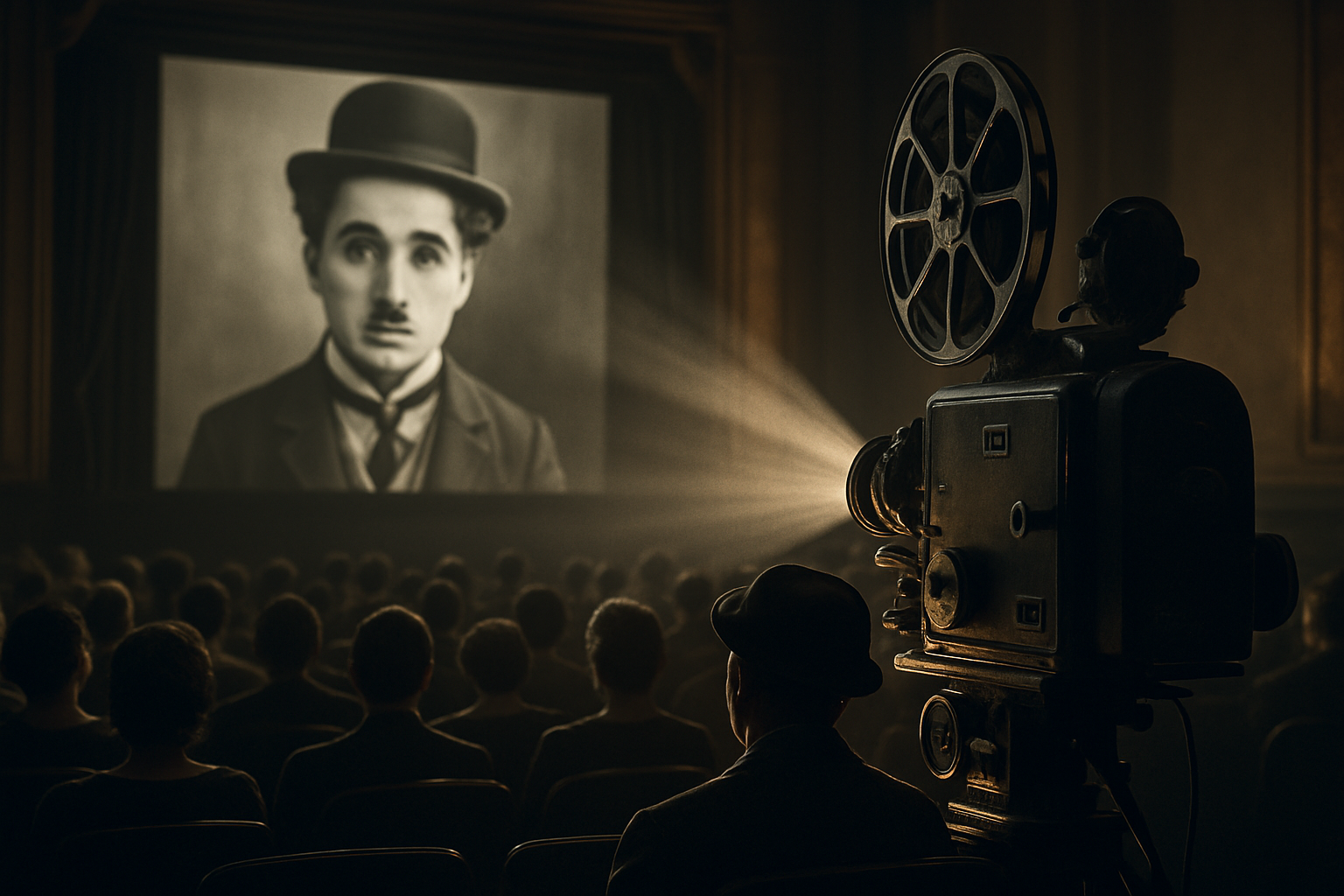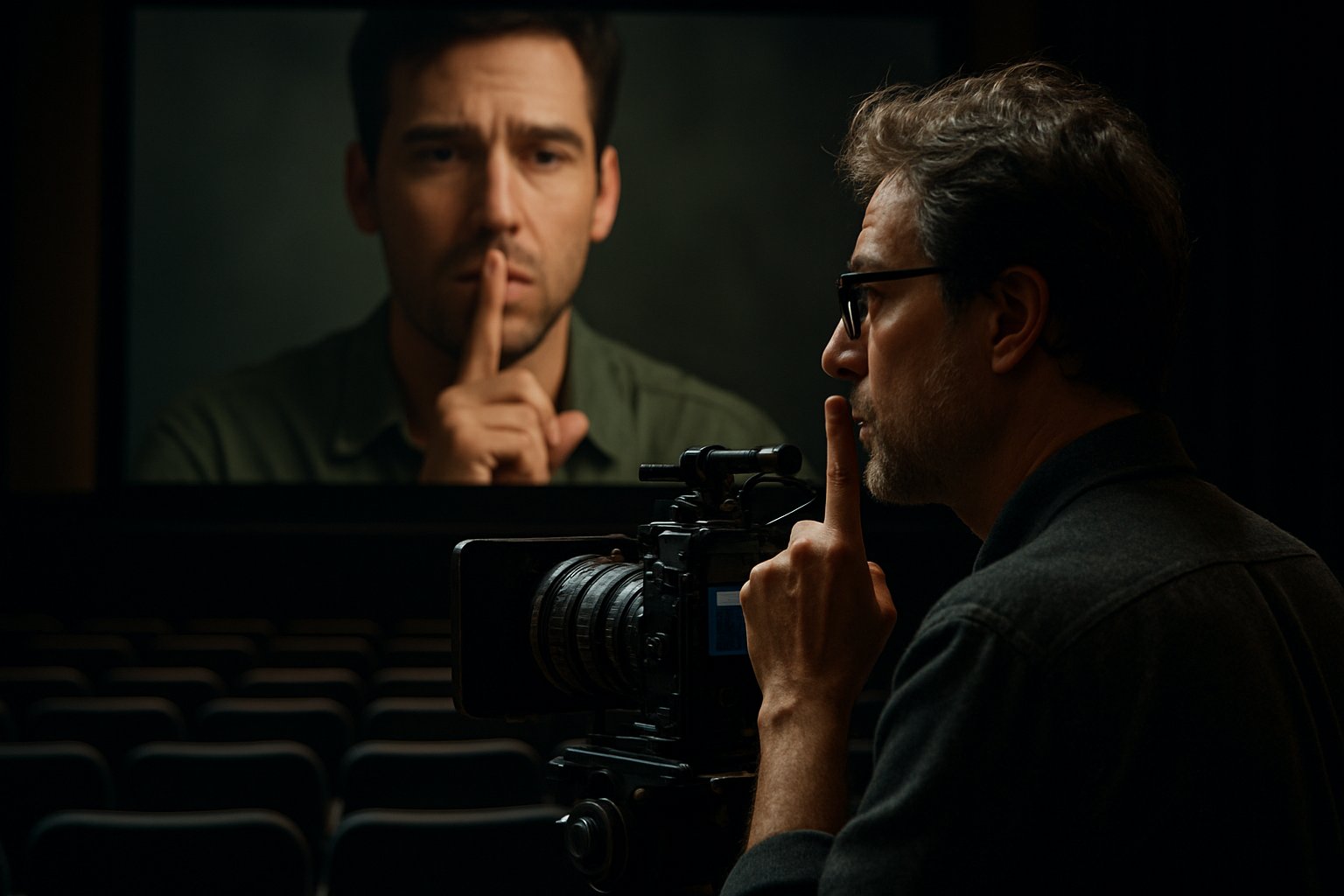The Cultural Resurgence of Silent Films
In the constant hum of modern life, a quiet rebellion is taking place. Silent films, once thought to be relics of a bygone era, are making an unexpected comeback. This article takes a deep dive into the silent film revival, exploring its historical roots, current developments, and cultural impact.

A Brief History of Silent Films
Silent films date back to the late 19th century, with the first commercial screening taking place in 1895. These films were a revolutionary form of expression, storytelling without words, relying solely on visuals and accompanying music. They gave birth to a golden age of cinema and produced iconic stars such as Charlie Chaplin and Buster Keaton. However, with the advent of “talkies” in the 1920s, silent films were gradually phased out and became a niche art form.
The Silent Revival
Fast forward to the 21st century, and silent films are experiencing a renaissance. This revival is partly due to the proliferation of digital media and streaming platforms. Silent films, which were once difficult to access, are now readily available online. Moreover, prominent film festivals and art institutions have started featuring silent films, providing a platform for these unique cinematic treasures.
The Modern Appeal of Silent Films
The modern appeal of silent films lies in their simplicity. In a world saturated with noise and information overload, silent films offer a welcome respite. They challenge viewers to engage in a different kind of storytelling, one that requires more active interpretation and imagination. Furthermore, silent films are universally accessible, transcending language barriers and promoting inclusivity.
The Impact and Reception
The revival of silent films has sparked a lively debate within the arts and entertainment industry. Some critics argue that this trend is merely a nostalgic fad, while others see it as a legitimate artistic movement. Regardless of opinion, there’s no denying the cultural impact of silent films. They have influenced modern filmmaking, inspiring directors like Michel Hazanavicius, whose silent film “The Artist” won Best Picture at the 2012 Academy Awards.
The Future of Silent Films
The future of silent films is promising. With the ongoing digital revolution and increasing audience interest, these cinematic gems are expected to reclaim their place in the cultural zeitgeist. Directors and artists are experimenting with the silent medium, pushing its boundaries and breathing new life into its timeless appeal.
In conclusion, the silent film revival is more than a mere blast from the past. It’s a testament to the enduring power of visual storytelling and a reminder of the richness of our cinematic heritage. As we look forward to the future of silent films, we are reminded of the words of the silent film star Charlie Chaplin: “Life is a beautiful, magnificent thing, even to a jellyfish… The trouble is you won’t fight. You’ve given up. But there’s something just as inevitable as death. And that’s life. Think of the power of the universe — turning the Earth, growing the trees. That’s the same power within you — if you’ll only have the courage and the will to use it.”





